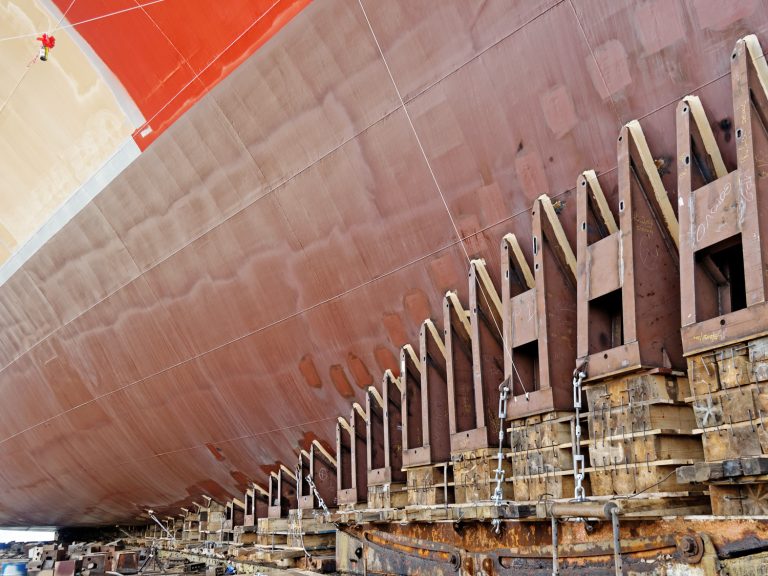
Date:
New container ship orders cheer shippers
The new containership order-book has been in decline since 2008 but, driven by new carrier confidence, activity increased significantly in the fourth quarter of 2020, with a further surge of nearly two million teu of orders in early 2021, meaning that new ships on order equal 18% of the total global fleet – a five year high that is close to oversupply.
The amount of new capacity on order is at a multi-year high and receipt of the new vessels will drive new market dynamics and reorder shipping line rankings by fleet capacity, with the ordering spree demonstrating liner confidence in returning to a healthier level of fleet replacement – But the possibility of oversupply rises, if it continues.
The new container ship order-book will add a further 4.17 million TEU over the next two to three years, to the 24 million TEU currently in service globally and follows years of inaction, as the carriers resisted new orders during years of overcapacity. Also their coffers are now full with the current market situation and rates so investment in new leaner and more efficient hardware can be accomplished without heavy debt burden which has been the industry model for the last few decades.
The ordering of new vessels has been so strong that some yards have stopped giving quotes for new builds and are trying to renegotiate existing orders, as the price of steel plates used to build vessels has doubled.
Capacity has been sustained – nine new container ships were delivered in June – in the face of strong demand since last year and while the carriers are continuing to exercise supply discipline, as new vessel deliveries increase, we could return to oversupply and maybe even softer rates – in two to three years.
The surge in demand for sea freight, that begin in the third quarter 2020, has overwhelmed the global container fleet – and all the charter capacity the lines could find – so it is not surprising that carriers want to add capacity. MSC alone took delivery of two new ships this month and their order book currently stands at 70 vessels.
Carriers in the Ocean Alliance have placed the most orders and MSC will move ahead of 2M in terms of capacity, while Evergreen has the largest liner order-book at 665,375 TEU, which will take its fleet over the two million TEU mark, to overtake Hapag-Lloyd and Ocean Network Express.
CMA CGM’s order-book stands at 552,516 TEU and MSC has the third-largest order-book, with 390,000 TEU and means it will overtake 2M Alliance partner Maersk as the world’s largest containership operator, with 4.26 million TEU of fleet capacity compared to Maersk’s 4 million TEU.
The lowest order-book-to-fleet ratio of the major global carriers suggests Maersk is not chasing market share and if non-operating owners and private equity investors follow their lead, the possibility of oversupply may be limited, as orders are being driven by the freight market and not speculation.
While Ultra-large container ships (ULCSs) represent the bulk of the order-book, there is renewed interest in smaller new-Panamax vessels, as the current demand environment has shown the value in versatile ships over the giant ULCSs that are restricted to the Asia-Europe trade lane, due to port handling capability in other regions.
Metro have strong strategic partnerships with carriers across all three alliances, which means we can direct our sea freight volumes to reflect capacity opportunities, as charters, second-hand and new vessels come on stream.
Please contact Elliot Carlile or Grant Liddell to discuss how our carrier knowledge, partnerships and contracts can support your supply chains in these challenging times.
